Bulbs can vary greatly in appearance. The look of the bulbs can greatly affect the overall style of a fixture. In addition to the style of the bulbs affecting the look of a fixture, so can the color temperature of the bulb. The color temperature can contribute to the look and functionality of the fixture and is therefore an important aspect to consider.
Thoughtfully selecting light bulbs for your fixture will result in a cohesive look and enhance the overall appeal.
What Is Color Temperature

Color temperature describes the warmth or coolness of the light source. Using this standard correlated color temperature table and Kelvins as measurement we can describe the light color.
Warm Bulbs
3,000 Kelvins and below are considered “warm” as they have more reddish hues. These bulbs color temps are typically used in households. Bulbs with color temperatures of 2,700K and below are called amber bulbs and are typical to the Edison style bulb. Warm bulbs are typically used in living rooms, bedrooms, and entertainment spaces as these are more flattering for clothes and various skin tones.
Cool Bulbs
Climbing the scale of color temperature, the higher we go the cooler the light color appears. 4,000 Kelvin to 6,000 provide a cool white-blue light, while higher temperature lights 7,000 kelvins and above offer lighting with blue hues. Once more common in industrial and commercial settings, “cool” bulbs are being used more and more in residential settings like kitchens, baths, and home-offices due to its high contrast.
As a general rule of thumb color temperatures of 2,700–3,600 Kelvin is general range that is recommended for most indoor applications.
How Color Temperature Affects Light Fixtures

Remembering the color temperature scale, compare the affect of bulb color on this Opal Glass Flush Mount.
The warm bulb at 2,700 Kelvins gives a yellow-orange tinge to the opal glass shade when lit.
The cool bulb at 4,000 Kelvins does not distort the color of the opal glass shade since the bulb is emitting a cooler, white-blue light.
The difference in bulbs can thus greatly affect the color of the fixture, style of the space, and the mood.
Test and See

Looking at the example above, the fixture has a modern white shade which has a clean crisp look when unlit. However, the use of a warm bulb gives the shade a creamy off-white appearance when the light is turned on. If you have a fixture with a white shade, the color temperature of the bulb is definitely something to consider. Click the following link for more tips on bulb styling.
At the end of the day, you want to be satisfied with the appearance of your fixture at all times, day or night. While you would like your fixture to have the flexibility to achieve different moods, sometimes it is too much to ask of one fixture. If you're set on achieving more dynamic lighting in your space, we suggest layering your lighting.



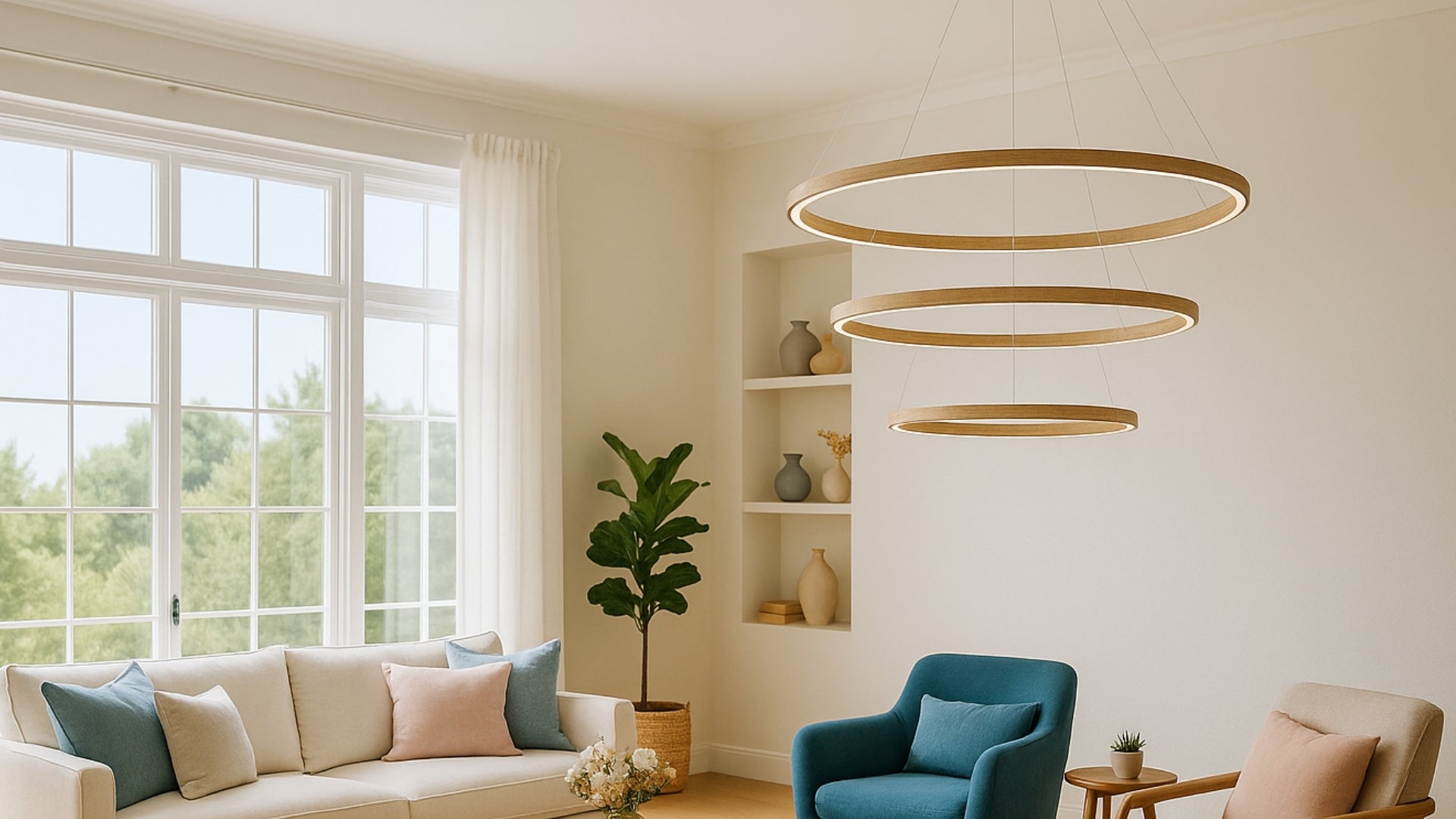
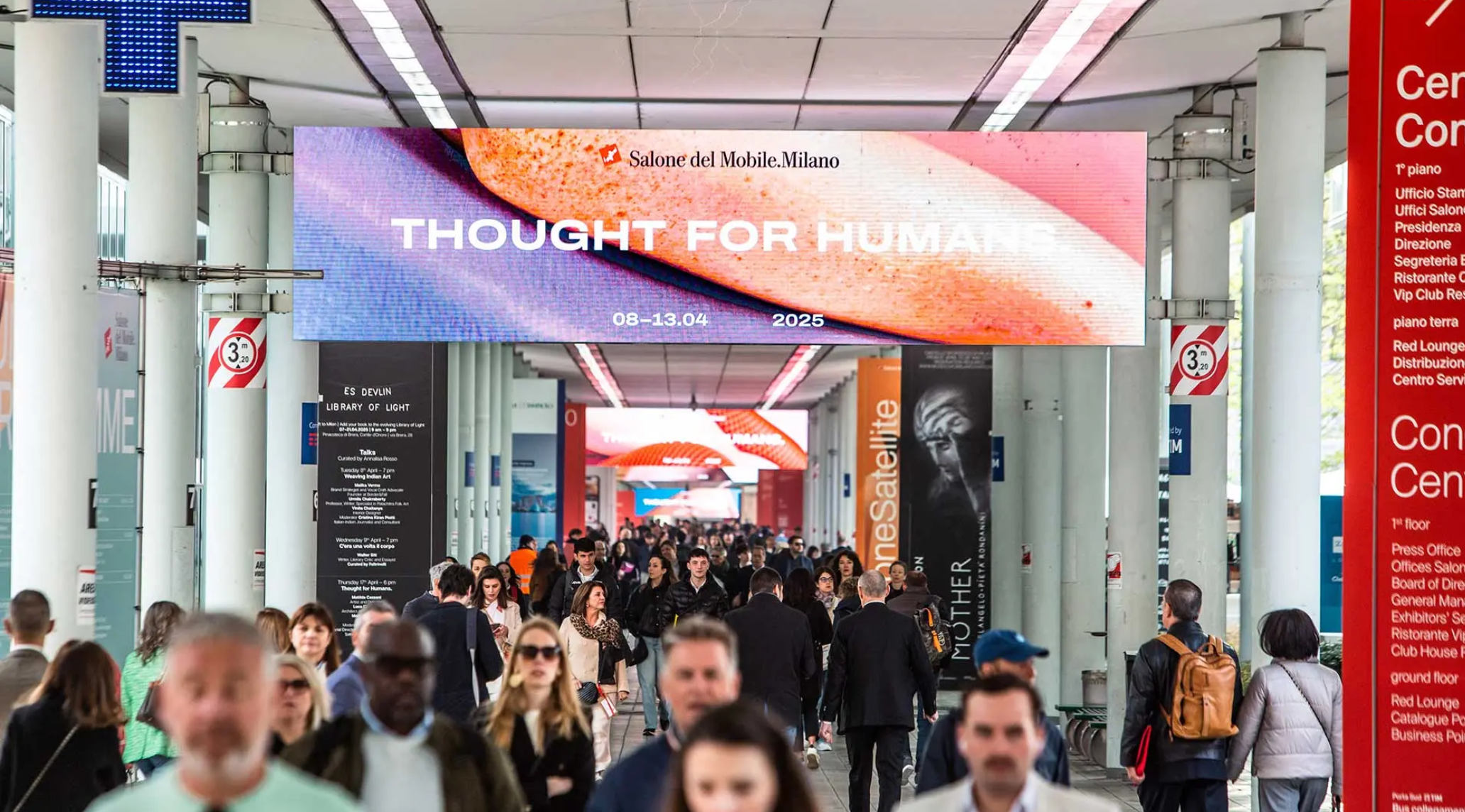
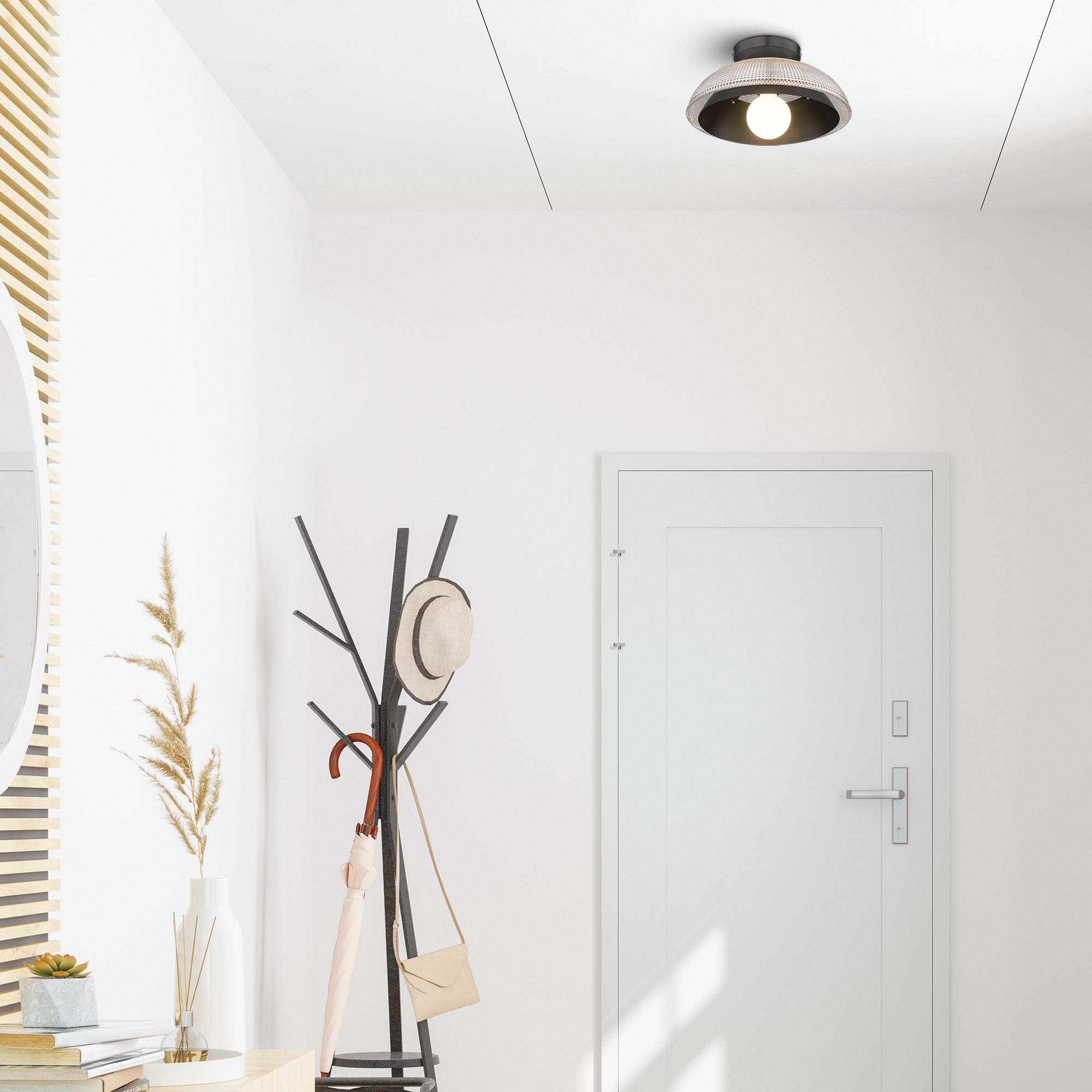


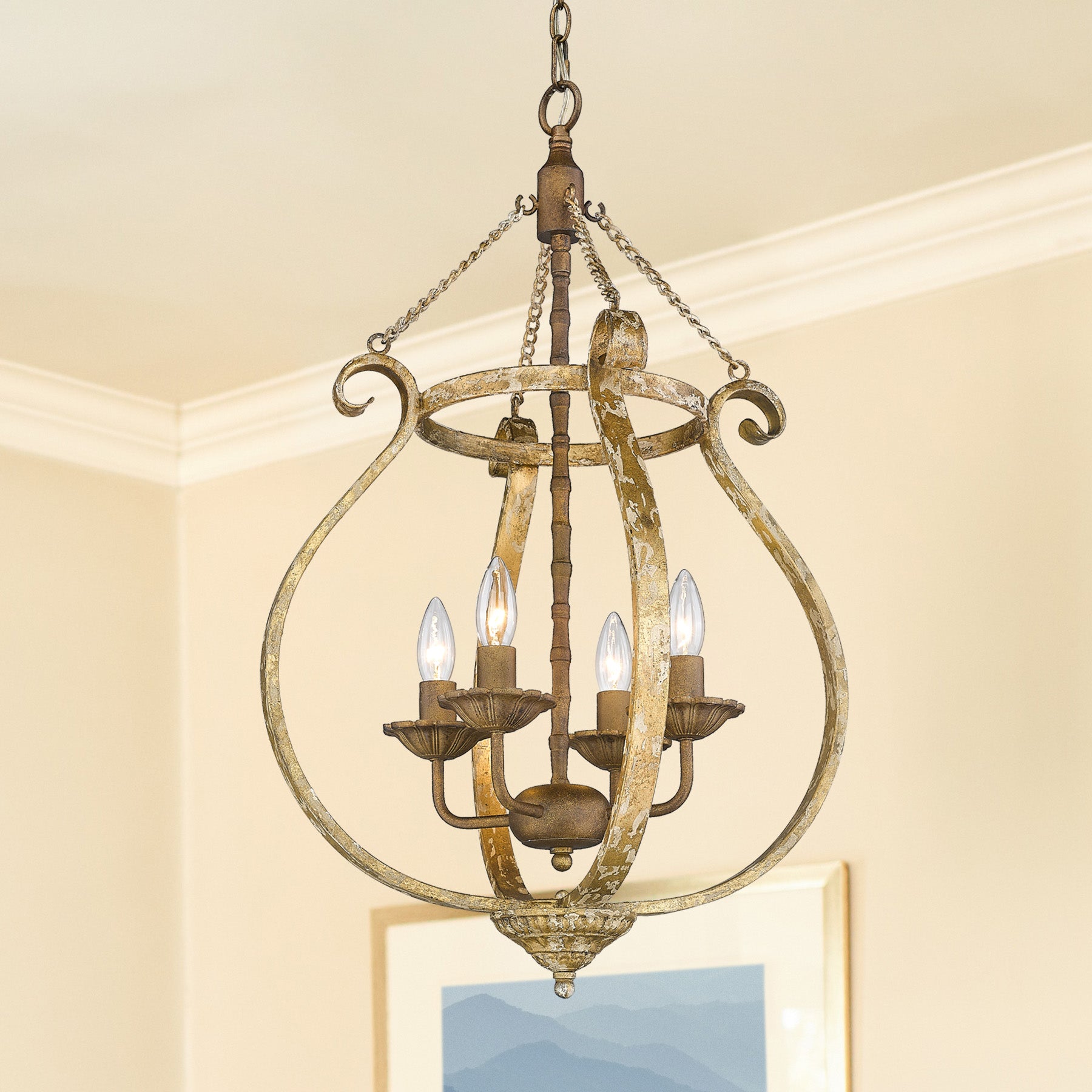


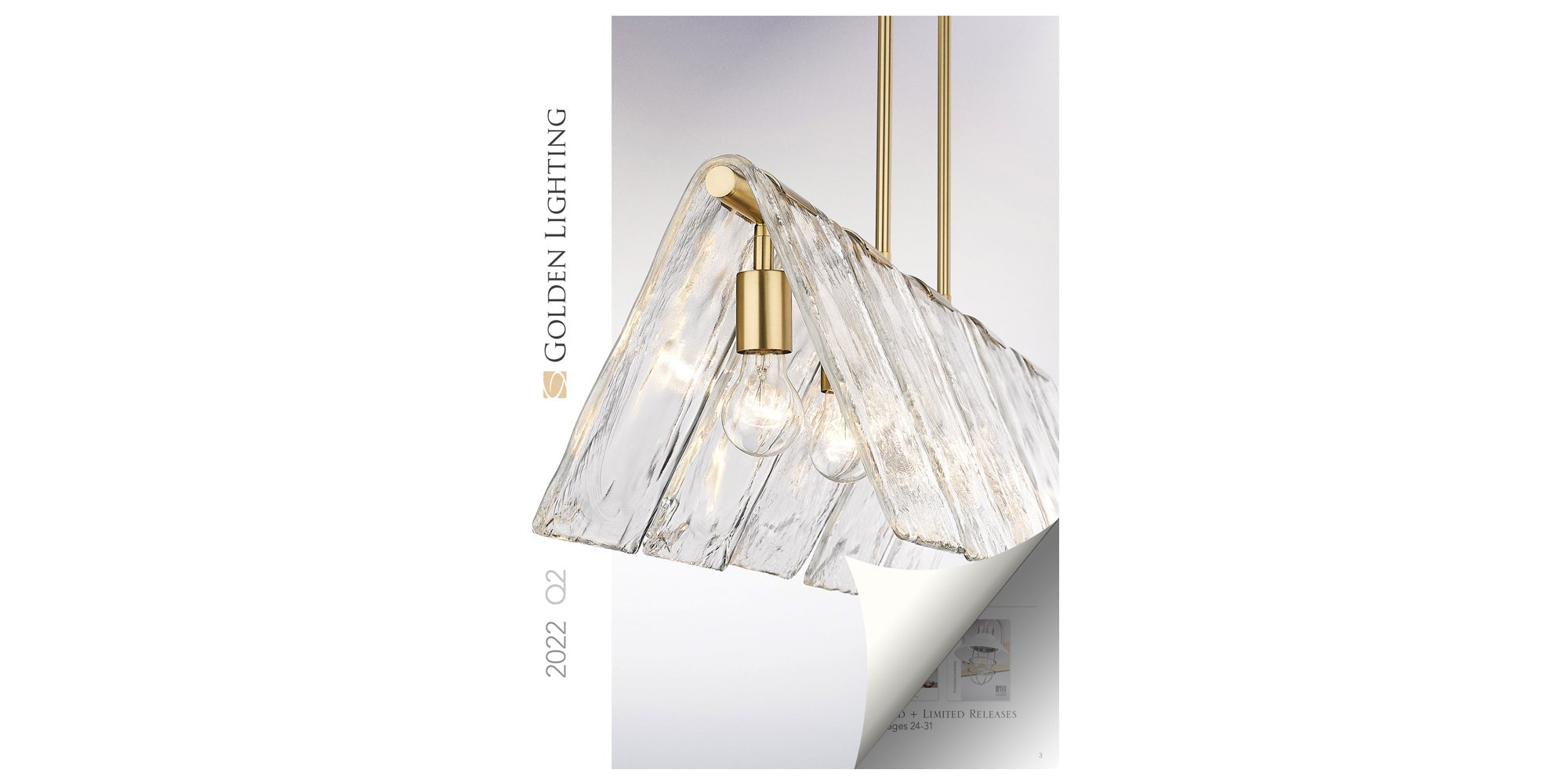


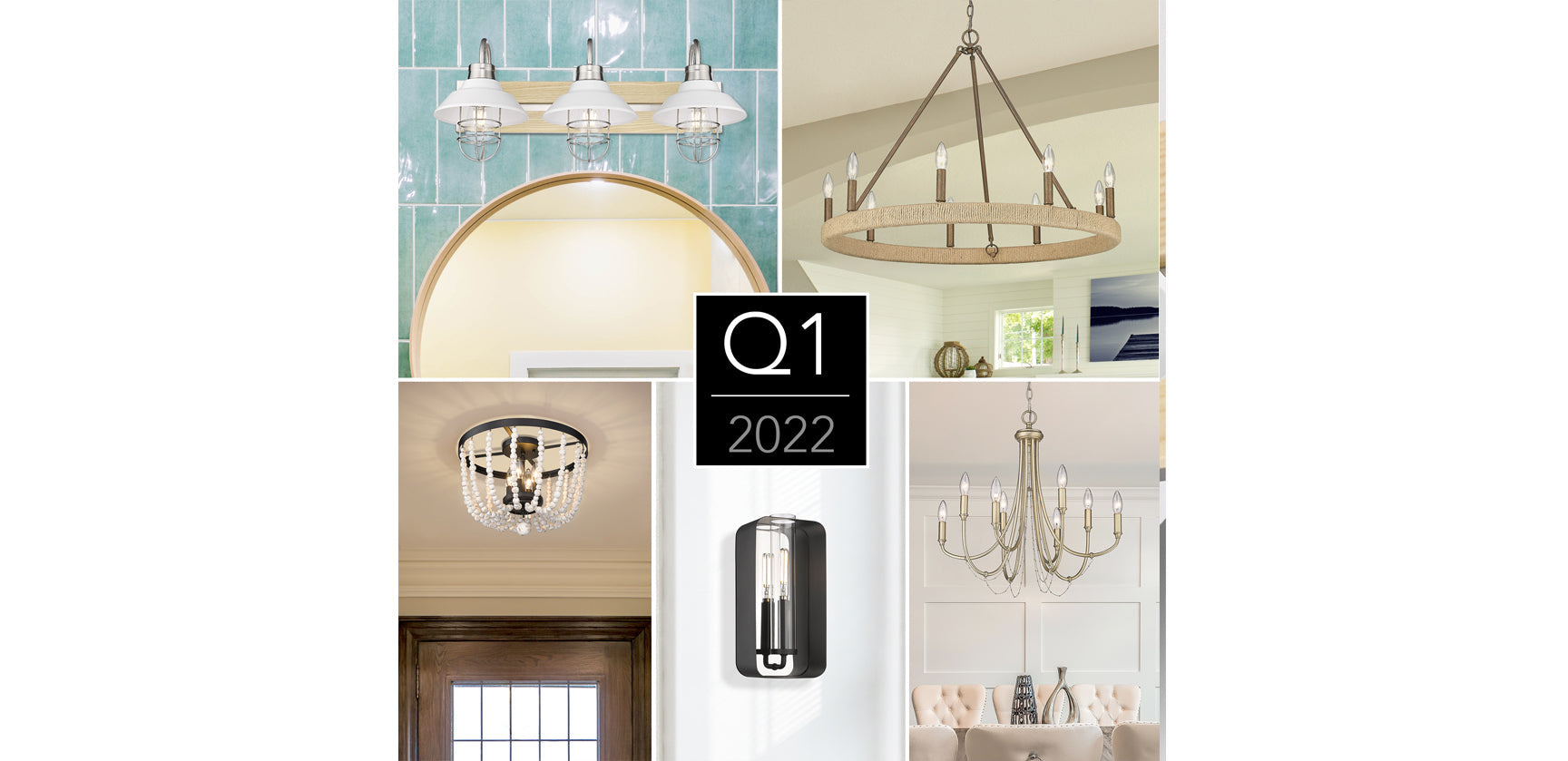
Share:
How to Size and Place Your Light Fixture
Bulb Styling Tips